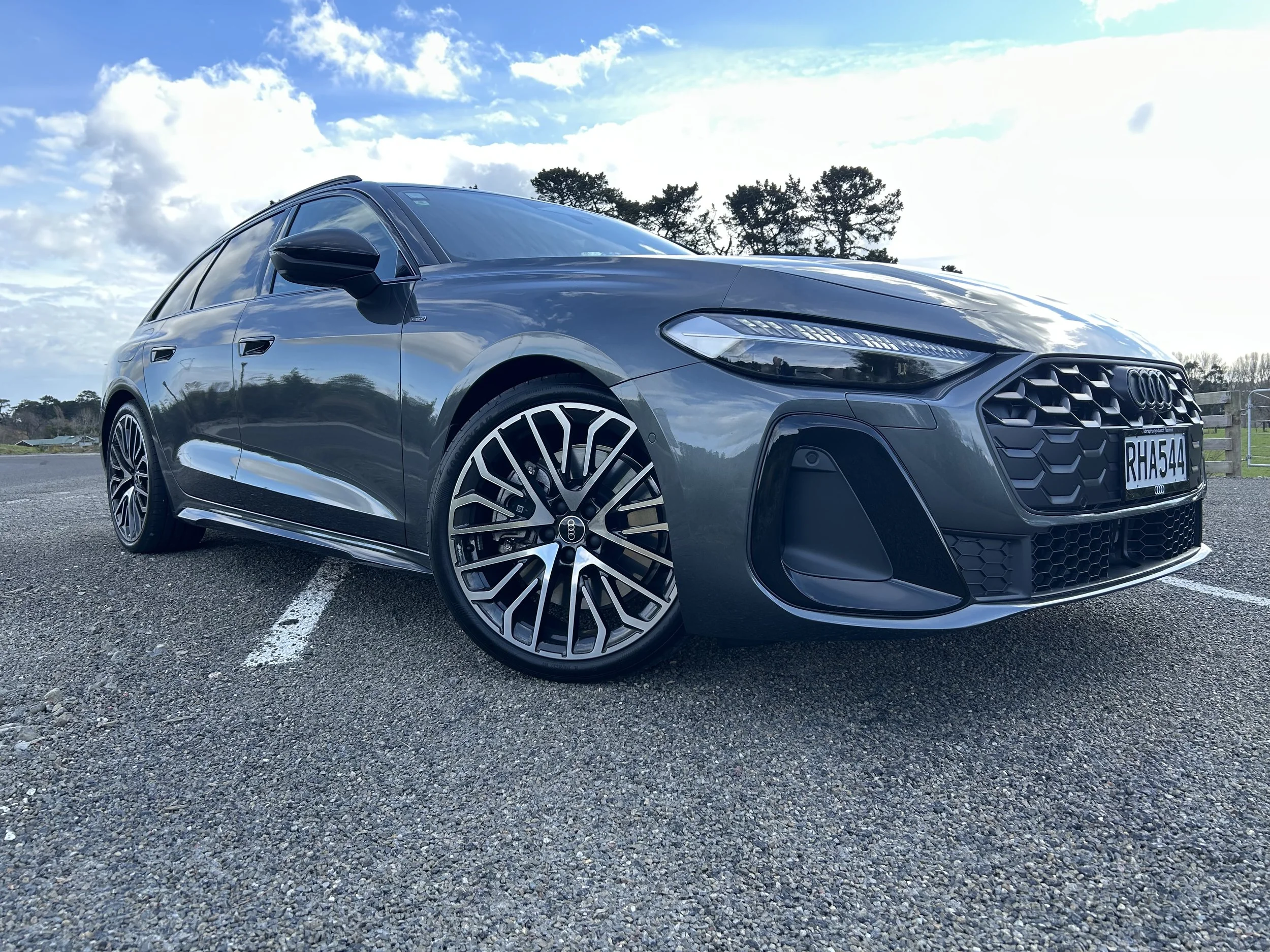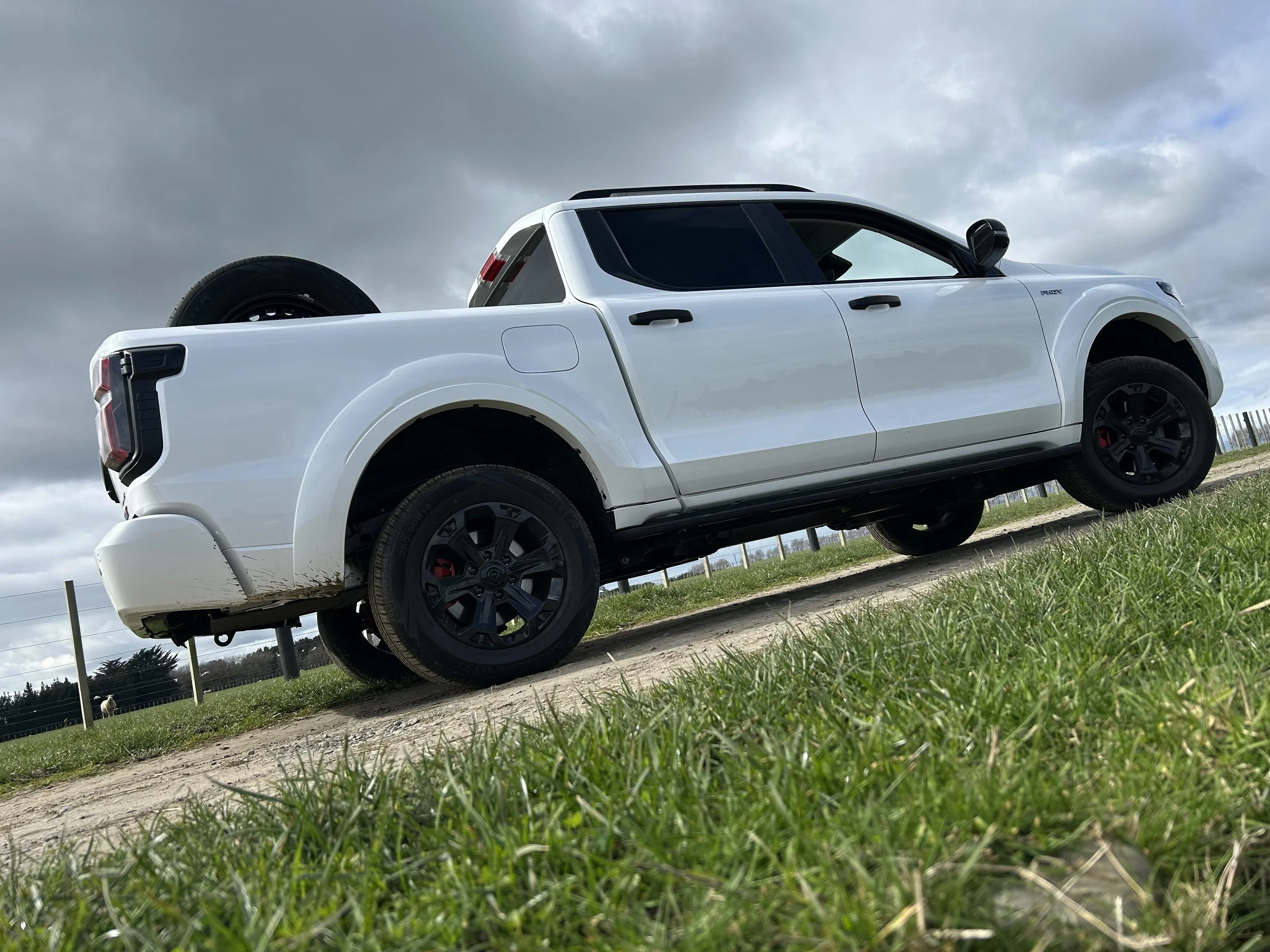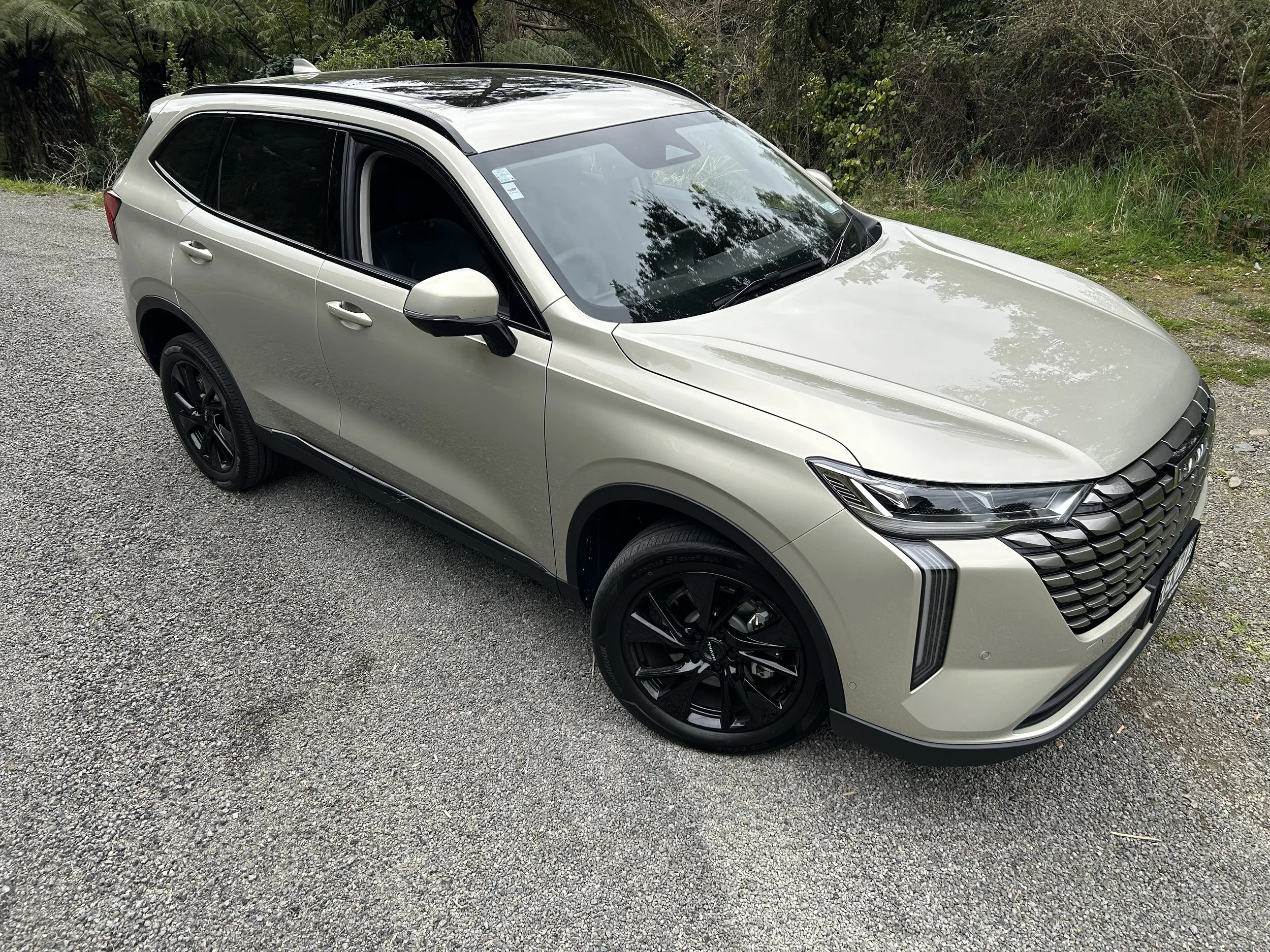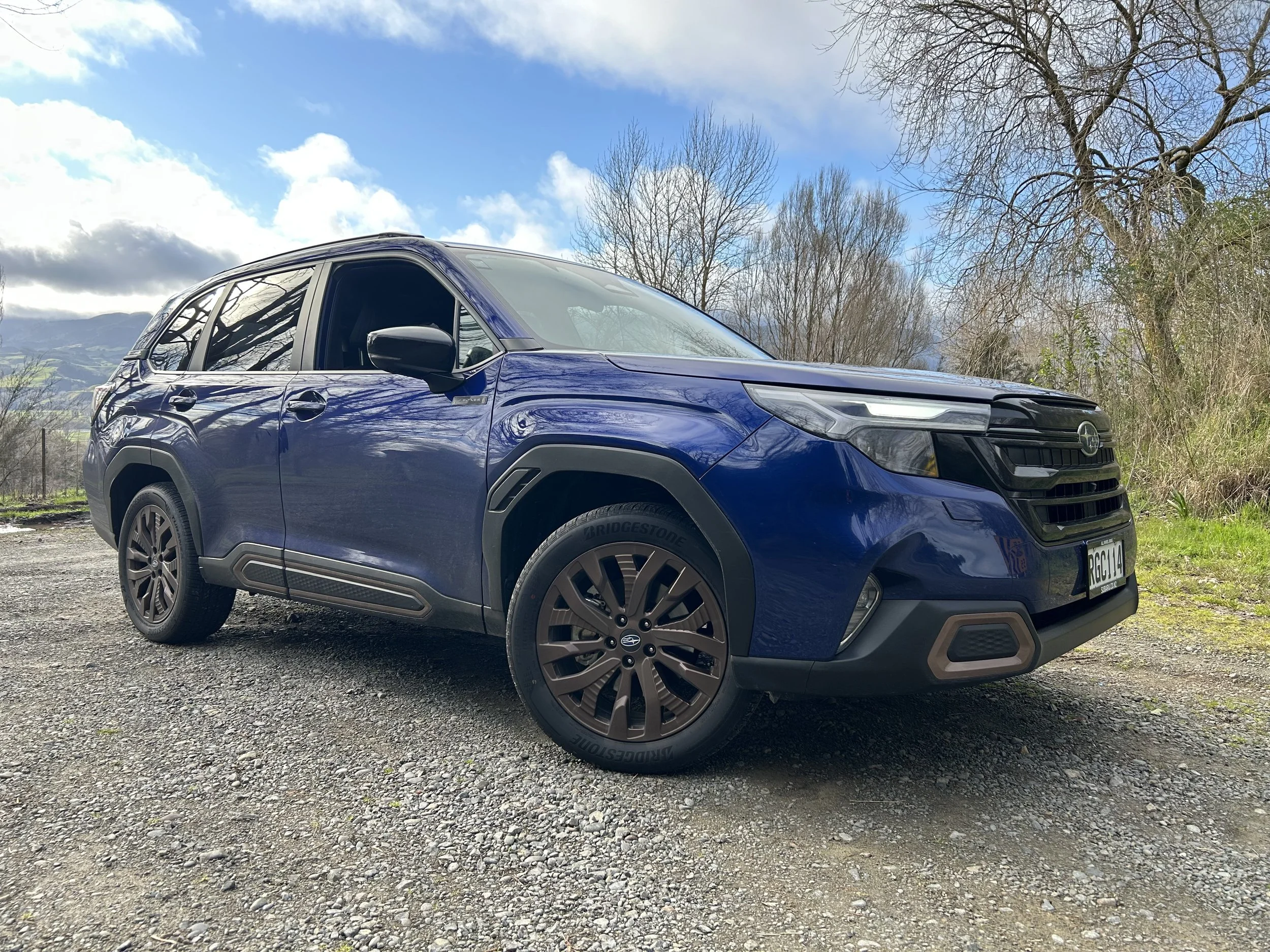Big power play from Volvo this year
/
Diesel is departing and battery-influenced drivetrains are the future for the Swedish premium make here in 2021; including their first fully electric car.
The XC40 Recharge is the first Volvo electric for New Zealand.
WITHIN eight months Volvo here will release the first of a family of cars on which its future depends and have farewelled a fuel type that presently accounts for 50 percent of sales of a core popular sports utility.
The newcomer is – obviously – the make’s first full electric model, a version of the XC40 compact crossover.
Already available in its priority right-hand-drive market, the United Kingdom, but likely to come here around August-September, the XC40 Recharge packs 300kW from two motors that will power all four wheels.
A 78kWh battery that can charge to 80 percent on a fast charger in 40 minutes is expected to deliver 350-400kms in the real world.
The model is the only fully electric Volvo set to be available here this year, but assuredly the Geely-owned Swedish brand’s local range is in for a series of shock treatments as the distributor comes up to speed with the make’s global electrification strategy.
Volvo Cars was the first established car maker to commit to all-out electrification and is the only brand to offer a plug-in hybrid variant on every model in its line-up.
By 2025 the company aims to have sold one million electrified cars and it will launch five fully electric models between 2021 and 2025.
For New Zealand, this means additional mild hybrids and plug-in hybrids with the make’s latest efficiency-oriented battery-supported petrol engines are to roll in. Some would already be here, had not it been for delays in stock delivery caused by Covid-19.
Anyway, as Volvo NZ increases this battery push, it will also decrease its count of vehicles that are wholly fossil fuel-reliant; the ultimate aim being to expunge these entirely in favour of powertrains that will feature some form of electrification.
First to depart will be diesel models; all going to plan, says Volvo New Zealand boss Coby Duggan, combustion ignition powertrains will be removed from all Volvo models offered in NZ from as early as mid-2021, replaced by MY2022 mild hybrid petrols.
It’s a determination the brand acknowledges carries some risk locally, because diesel has been a popular choice, not least in its largest sports utility, the XC90.
In 2020, half of all examples of this seven-seater sold were with diesel. That powertrain choice also offers in the next-size down XC60 and the V90 Crosscountry wagon. Diesel has never offered in the XC40.
However, the XC90 is by far the strongest diesel performer. Volvo NZ is confident it can achieve consumer swing away from the black stuff, however, and has already started this hearts and minds campaign by introducing an XC90 petrol in the same spec, and for the same money, as the XC90 diesel that has been doing well.
“Once we can offer MY2022 mild hybrid XC60 and XC90 (we will no longer offer any diesel in the range. That’s quite a significant shift for us.
“I’m relaxed about phasing it out in XC60 product as it is has not accounted for much there but it’s different with XC90, as it has generated quite a lot of volume. This year, it has given us, in round terms, around 50 percent of XC90 volume.”
He wonders if a lot of that interest comes down diesel being at an entry level price point. The new petrol tests this.
“What we’ve started doing now is to introduce a T6 petrol at the same price point, and thus create a petrol entry point we have not had before. It’s a way for use to test whether the loyalty to diesel has been about torque, and economy and towing and all the things Kiwis say they love about diesels or whether the price point is also a key contributor.”
Volvo’s ultimate plan, at least until it can create more fully electric models, is to increasingly proliferate the hybrid powertrains it has in readiness that supersede those it has offered in the past.
The mild-hybrid technology pairs a turbocharged petrol engine to a 48-volt battery and an integrated starter-generator (ISG) unit – a compact electric motor replacing a car's traditional starter motor and alternator – to both sharpen engine response at low speeds thanks to a boost from the electrical system, while also, crucially, improving fuel economy.
Volvo has struggled to build enough mild hybrid, PHEV and full electric cars in 2020
The battery is then recharged through regenerative braking, which recuperates energy 'lost' under deceleration, and not requiring the system to be externally recharged via a plug.
The ISG also allows for quicker activation of the start-stop system when taking off from a standstill.
Above that option will be a range of improved plug-in hybrid (PHEV) powertrains – also badged under the Recharge sub-brand that identifies full electrics – which pair a turbo petrol engine with a larger lithium-ion battery pack and a more powerful electric motor, enabling them to drive on electric power alone for distances up to 50km.
Volvo already offers a plug-in hybrid option on the S60 and V60, plus the XC90 Recharge, but additional PHEV options at different price points and performance levels are anticipated for introduction, the next arriving being a PHEV XC40. Whereas the other PHEV cars have a T8 designation, this one will be a T5.
“The XC40 plug-in will be here in the first half of the year, with a 1.5-litre three-cylinder engine with an electric motor, and that will complete the plug-in hybrid lineup.
“The mild hybrid lineup will start to come in the second part of the year, as Model Year 2022 cars, with the 48 volt system. This will be in the 60s and 90s models but not in the 40s until the following model year.”
“The tricky thing for us has been around timing,” Duggan says. “It has taken longer than I personally expected for this technology to get to this part of the world.”
Is this entirely due to Covid-19? There’s no doubt coronavirus has hurt the entire car industry and Volvo hasn’t been immune by any means in 2020.
Says Duggan: “Supply and meeting demand has been incredibly difficult for everyone in every industry, but the plug-in product has been the most difficult for us to lay hands on and it’s likely that will continue into 2021.”
What also hurts NZ is its size and geographic location – we’re very much at the far end of the supply chain – our modest volume requirement and that other markets in which emissions regulations are more rigorously enforced, and where penalties and rewards apply, have been given higher priority.
“We’re hoping that as production capacity ramps up again we can secure as many (vehicles) as we need … at the moment the only thing that will hold us back in respect to plug-in volumes in particular is ability to supply; the demand is there.”
Volvo Sweden’s electric motivation has also been reinforced by the factory announcing that it will invest around $NZ110 million to set up its own in-house manufacturing of motors for electric cars.
This programme will see it equip its existing powertrain plant in Skovde, Sweden, to assemble and eventually manufacture e-motors before the middle of the decade.
While other car companies rely on outsourcing parts for electric powertrains, Volvo will follow in the footsteps of Tesla by bringing at least some of these operations in-house.
The new chapter of change for Volvo here also affects its management. Duggan is leaving the brand on January 15, to start a new role with Toyota New Zealand that’ll keep him in Auckland; a return to a familiar territory as he has held a previous role with Lexus. His replacement is Ben Montgomery, who has been with Volvo briefly previously and has subsequently held roles with Renault, Jaguar and Land Rover.



















